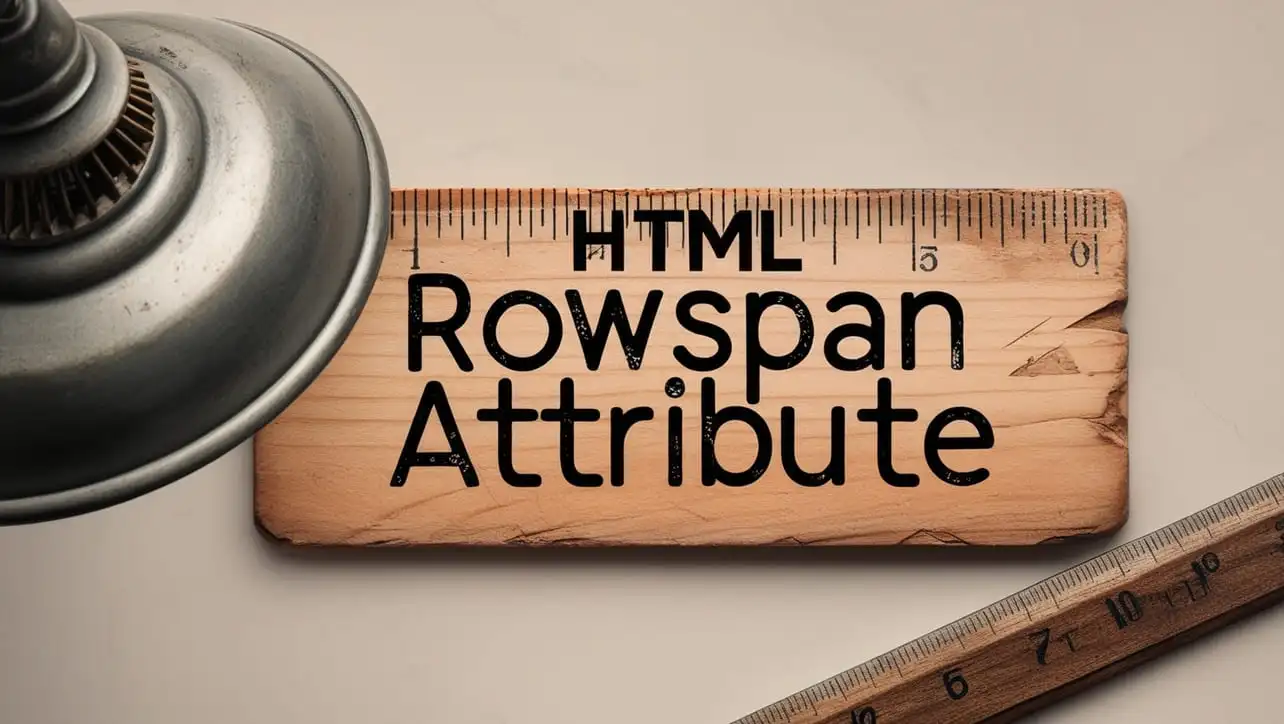
HTML Topics
- HTML Intro
- HTML Basic
- HTML Editors
- HTML CSS
- HTML Tags
- HTML Deprecated Tags
- HTML Events
- HTML Event Attributes
- HTML Global Attributes
- HTML Attributes
- abbr
- accept
- accept-charset
- accesskey
- action
- align
- alt
- archive
- as
- async
- autocapitalize
- autocomplete
- autofocus
- autoplay
- axis
- bgcolor
- border
- cellpadding
- cellspacing
- char
- charoff
- charset
- checked
- cite
- class
- classid
- codebase
- codetype
- color
- cols
- colspan
- compact
- content
- contenteditable
- controls
- coords
- crossorigin
- data
- data-*
- datetime
- declare
- default
- defer
- dir
- dirname
- disabled
- download
- draggable
- enctype
- enterkeyhint
- for
- form
- formaction
- formenctype
- formmethod
- formnovalidate
- formtarget
- frame
- frameborder
- frameset
- headers
- height
- hidden
- high
- href
- hreflang
- hspace
- http-equiv
- id
- inert
- inputmode
- ismap
- kind
- label
- lang
- list
- loop
- low
- max
- maxlength
- media
- method
- min
- multiple
- muted
- name
- novalidate
- onabort
- onafterprint
- onbeforeprint
- onbeforeunload
- onblur
- oncanplay
- oncanplaythrough
- onchange
- onclick
- oncontextmenu
- oncopy
- oncuechange
- oncut
- ondblclick
- ondrag
- ondragend
- ondragenter
- ondragleave
- ondragover
- ondragstart
- ondrop
- ondurationchange
- onemptied
- onended
- onerror
- onfocus
- onhashchange
- oninput
- oninvalid
- onkeydown
- onkeypress
- onkeyup
- onload
- onloadeddata
- onloadedmetadata
- onloadstart
- onmousedown
- onmousemove
- onmouseout
- onmouseover
- onmouseup
- onmousewheel
- onoffline
- ononline
- onpagehide
- onpageshow
- onpaste
- onpause
- onplay
- onplaying
- onpopstate
- onprogress
- onratechange
- onreset
- onresize
- onscroll
- onsearch
- onseeked
- onseeking
- onselect
- onstalled
- onstorage
- onsubmit
- onsuspend
- ontimeupdate
- ontoggle
- onunload
- onvolumechange
- onwaiting
- onwheel
- open
- optimum
- pattern
- placeholder
- popover
- popovertarget
- popovertargetaction
- poster
- preload
- readonly
- rel
- required
- reversed
- rows
- rowspan
- sandbox
- scope
- selected
- shape
- size
- sizes
- span
- spellcheck
- src
- srcdoc
- srclang
- srcset
- start
- step
- style
- tabindex
- target
- title
- translate
- type
- usemap
- value
- width
- wrap
- HTML Comments
- HTML Entity
- HTML Head
- HTML Form
- HTML IndexedDB
- HTML Drag & Drop
- HTML Geolocation
- HTML Canvas
- HTML Status Code
- HTML Language Code
- HTML Country Code
- HTML Charset
- MIME Types
HTML rowspan Attribute

Photo Credit to CodeToFun
🙋 Introduction
The rowspan attribute is an essential feature in HTML that allows developers to control the vertical span of a cell in an HTML table.
By using the rowspan attribute, you can merge multiple rows in a table, creating a more complex layout and enhancing the structure of your tables.
🎯 Purpose of rowspan
The primary purpose of the rowspan attribute is to specify the number of rows a cell should span.
This can be particularly useful when you want to create a table with cells that need to cover multiple rows, providing a clearer and more organized representation of data.
💎 Values
The rowspan attribute accepts positive integer values, indicating the number of rows a cell should span.
The value must be greater than or equal to 1. If the value is set to 1, it means the cell spans only one row, which is the default behavior.
📄 Example
Let's look at a simple example of how to use the rowspan attribute in an HTML table:
<table border="1">
<tr>
<td>Row 1, Cell 1</td>
<td rowspan="2">Row 1, Cell 2 (spans 2 rows)</td>
<td>Row 1, Cell 3</td>
</tr>
<tr>
<td>Row 2, Cell 1</td>
<td>Row 2, Cell 3</td>
</tr>
<tr>
<td>Row 3, Cell 1</td>
<td>Row 3, Cell 2</td>
<td>Row 3, Cell 3</td>
</tr>
</table>🧠 How it Works
In this example, the rowspan attribute is set to 2 for the cell in the first row, second column. This means that the cell spans two rows, covering both the first and second rows.
🔄 Dynamic Values with JavaScript
You can also dynamically set the rowspan attribute using JavaScript. This can be useful when you want to adjust the table structure based on certain conditions or user interactions. Here's a brief example:
<script>
// Dynamically set rowspan for a cell
document.getElementById("dynamicCell").rowSpan = 3;
</script>🧠 How it Works
In this script, the rowspan attribute is set to 3 for a cell with the id dynamicCell. This dynamically adjusts the vertical span of the cell to cover three rows.
🏆 Best Practices
- Use the
rowspanattribute judiciously, considering the structure and readability of your table. - Ensure that the total number of rows in the table accommodates the rowspan values to avoid layout issues.
- Test your tables across different browsers to ensure consistent behavior.
🎉 Conclusion
The rowspan attribute is a valuable tool for creating more complex and structured HTML tables.
By understanding and using this attribute appropriately, you can improve the presentation of your tabular data.
👨💻 Join our Community:
Author

For over eight years, I worked as a full-stack web developer. Now, I have chosen my profession as a full-time blogger at codetofun.com.
Buy me a coffee to make codetofun.com free for everyone.
Buy me a Coffee












If you have any doubts regarding this article (HTML rowspan Attribute), please comment here. I will help you immediately.